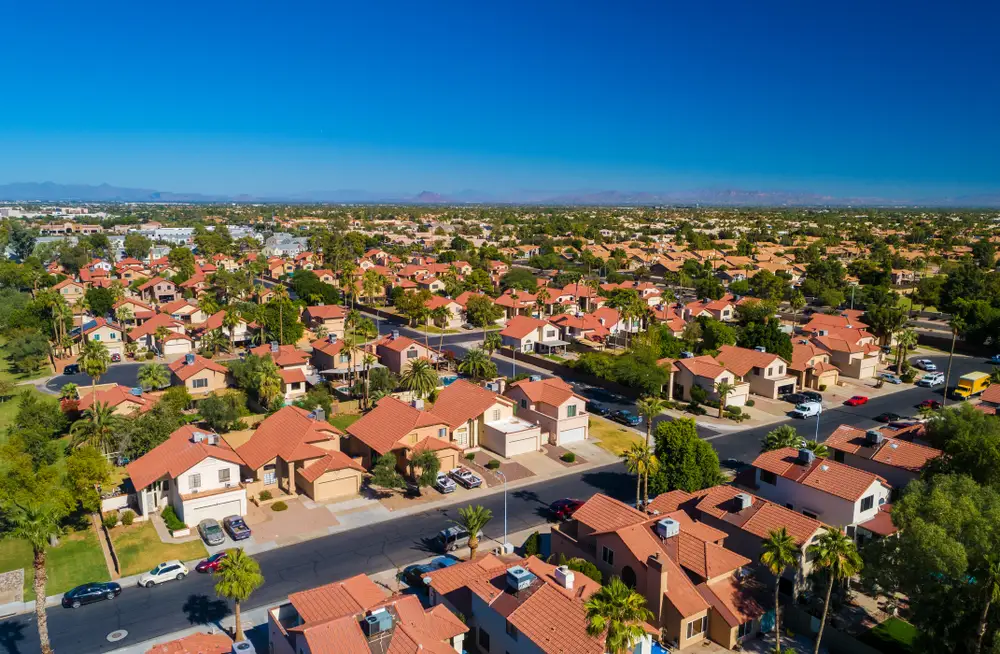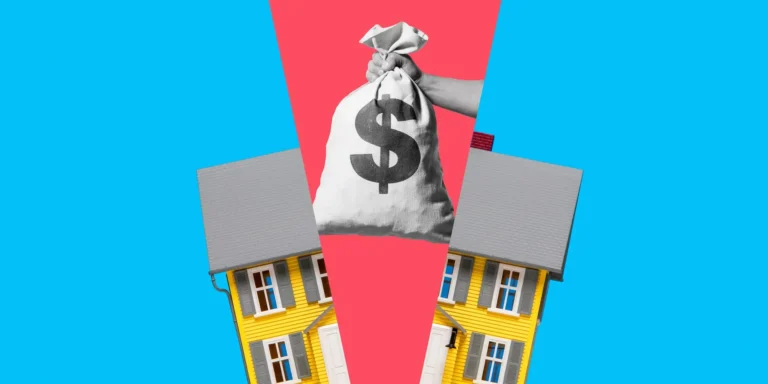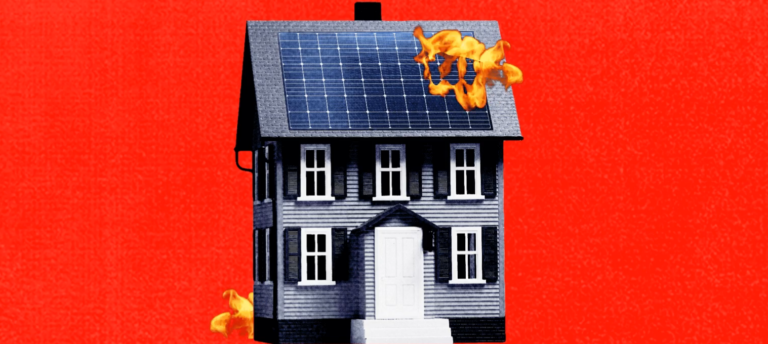It’s refinancing time: Americans are already capitalizing on lower rates

Aerial view of a residential area with houses in the Phoenix suburb of Chandler.
Mortgage rates are falling as the Fed starts its long-awaited easing process, and homeowners are finally taking advantage.
The Mortgage Bankers Association’s refinancing index soared 20.3% last week to its highest level since April 2022, according to data released Wednesday. That follows a large increase from the prior week, too.
The surge in refinancing activity comes as mortgage rates fall as the market prices in expected easing from the Federal Reserve.
Last week, the 30-year fixed mortgage rate dipped 2 basis points to 6.13%, marking eight weekly declines in a row, according to the MBA.
The rate is showing downward progress on an annual basis, too. The 30-year fixed mortgage rate saw its first annual decline in three years last month, falling to 6.5% from 7.07% the year prior, according to data from Freddie Mac.
Those rate dips are likely a result of expected easing from the Fed.
Mortgage rates began falling weeks ahead of the central bank’s September meeting, where the market expected a 100% chance of easing. At the close of its meeting last week, the Fed opted to cut interest rates by a jumbo 50 basis points.
While the Fed funds rate doesn’t directly impact mortgage rates, debt-financing costs do trend in the same direction, albeit on a lagged basis.
Traders expect the Fed to continue easing in the next year with a series of additional cuts totaling roughly 200 basis points by the end of 2025, according to CME’s FedWatch tool.
But since the market has already priced in Fed easing, rates likely won’t drop much more, a Redfin economist said in a report earlier this week.
Joel Kan, MBA’s Vice President and Deputy Chief Economist, said that while the current level of refinancing isn’t close to reaching all-time highs, refinances are making up most of mortgage applications.
“As a result of lower rates, week-over-week gains for both conventional and government refinance applications increased sharply,” Kan said. “While the level of refinance activity is still modest compared to prior refi waves, they now account for the majority of applications, given the seasonal slowdown in purchase activity.”
That likely also reflects reluctance from would-be homebuyers. Even as home affordability appears to improve, with home affordability posting its first annual decline since June 2020, prices remain historically high. And homebuyers are likely waiting to see if mortgage rates drop even more.






